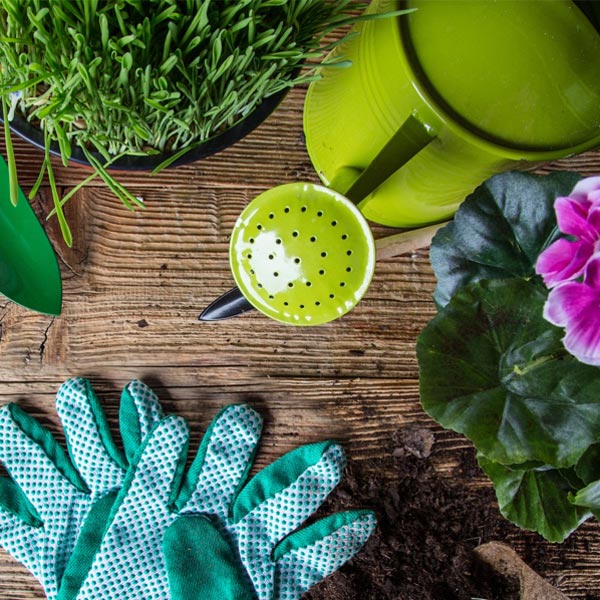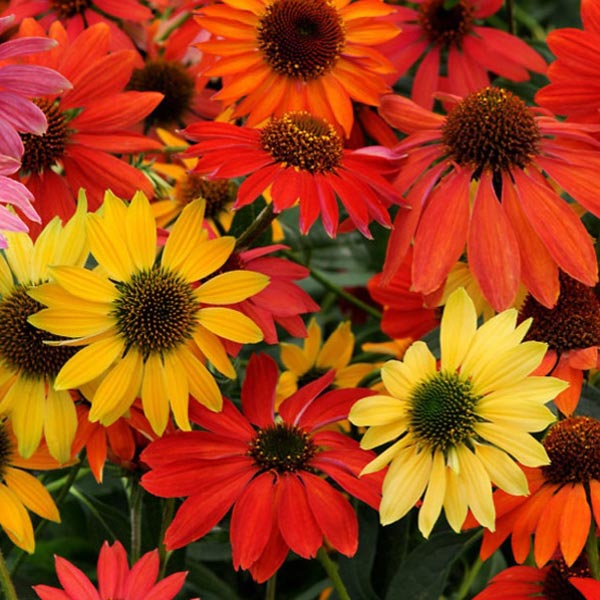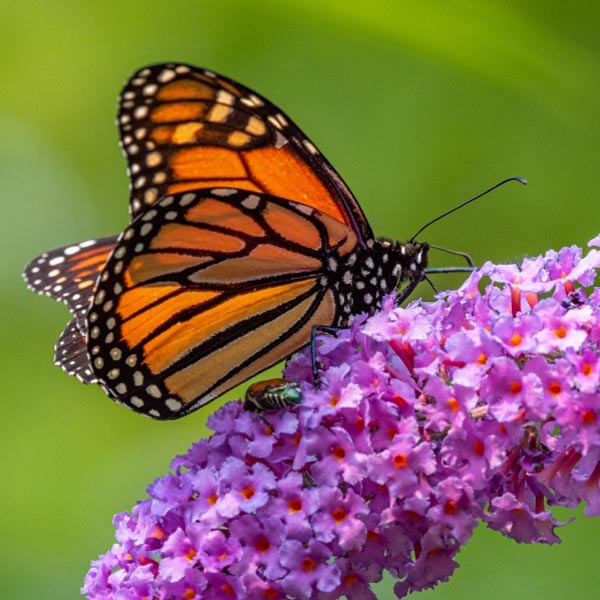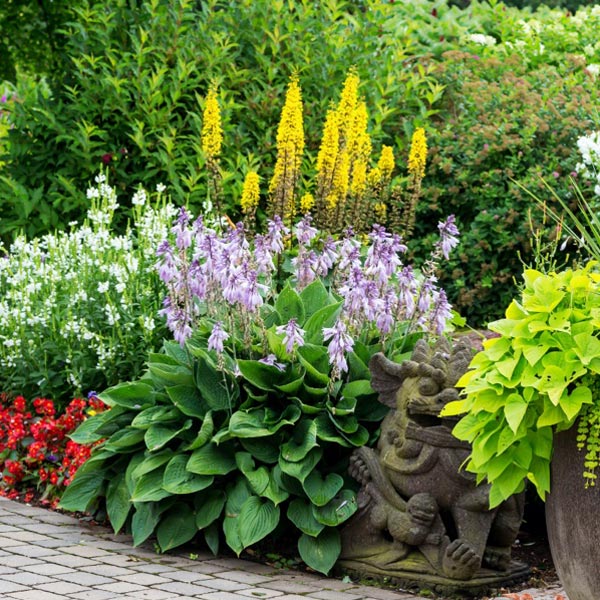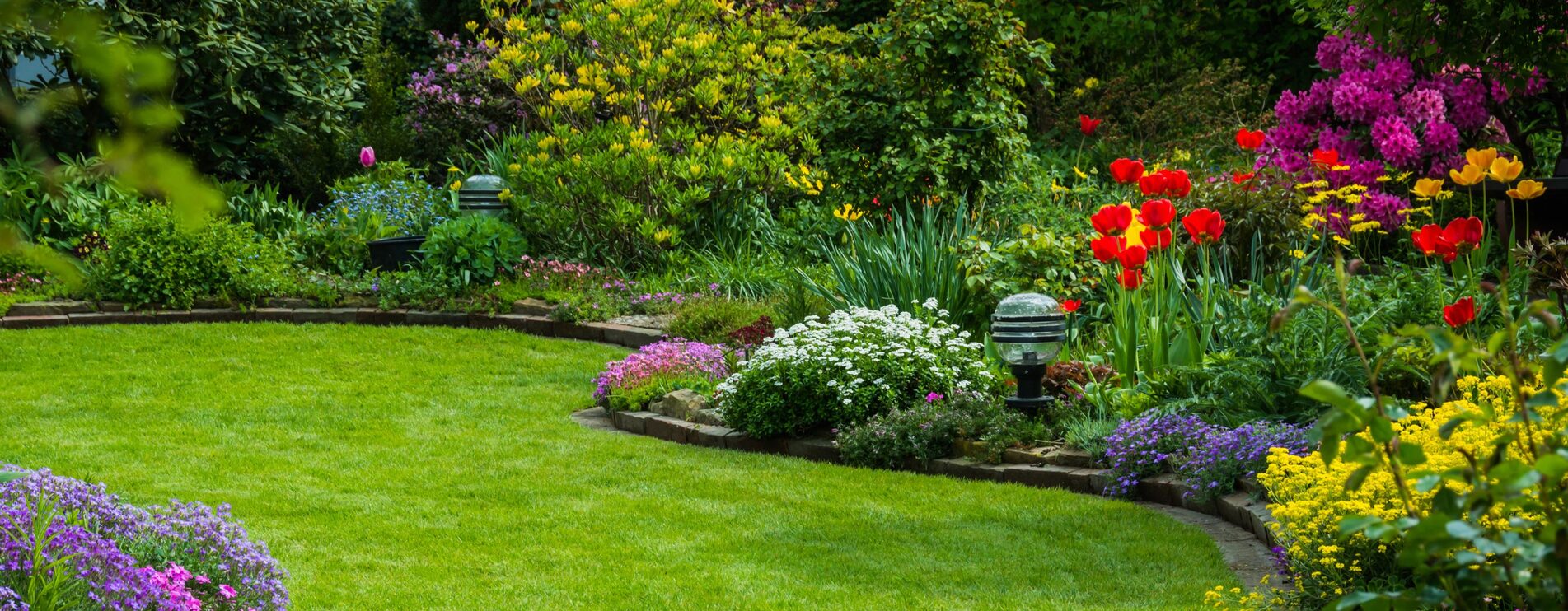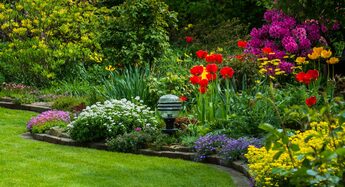Garden Care Glossary for New Gardeners
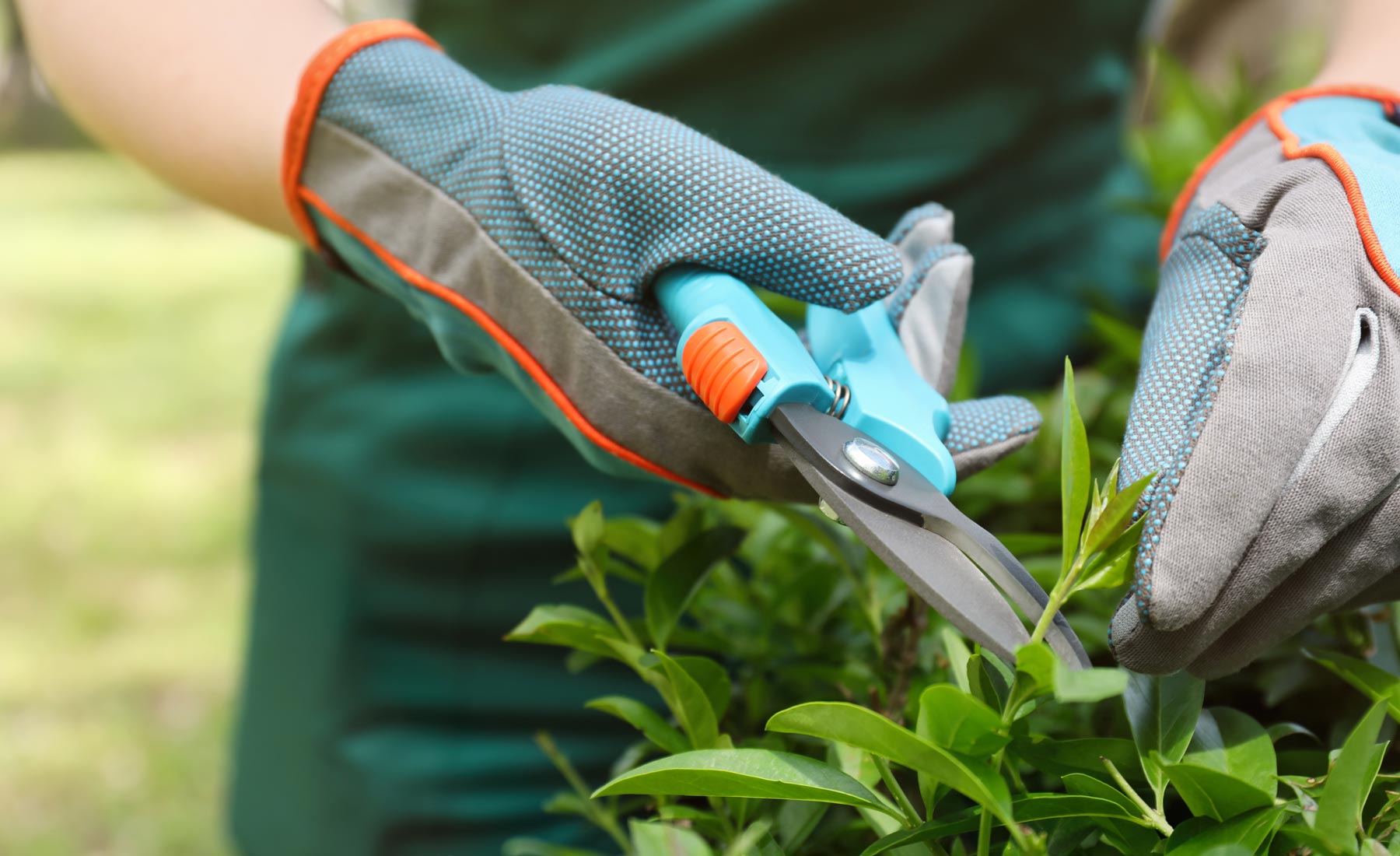
Garden care has a vocabulary all its own. Are you new to terms like NPK or growing zone? The glossary below contains commonly used references for planning, planting and maintenance.
Plant Life Cycles
There are many wonderful flowering plants for the home garden. Below are three of the most common categories by life cycle.
Annuals: These plants complete their life cycles from seed to flower in one growing season, and then the plants die and need to be removed.
Biennials: The lifecycle of biennials runs for two years. During the first season, plants emerge as leaves. After overwintering, the plants produce flowers, fruit and seeds during their second and final growing season.
Perennials: These plants thrive for many years. Perennials come in all shapes and sizes, including evergreen varieties, groundcovers, grasses, shrubs and more. With our selection of more than 1,400 varieties of perennials, there's something for every style of garden.
Soil
Soil is the foundation of gardens and sometimes requires amending to reach ideal composition. Nutrient levels are easily determined through a soil test, which can be processed and evaluated by your County Extension Office. Recommendations will be provided based on test results.
Compost: This is considered the “gold” of fertilizer. Made of recycled food, leaves, grass clippings, and other organic waste, compost is a tried and true means for delivering nutrition to the soil. Here are easy instructions on starting a compost pile, including what should and should not be composted.
Mulch: Material spread on top of soil which may consist of compost, pine needles, straw, wood chips, or other material.
- During growing season, mulch aids in moisture retention and cools root zones. However, it will not stop grassy weeds and repels water when it dries out. Therefore, our recommendation is to put down only 1-2 inches of mulch about six weeks after planting. This allows time to cultivate the soil (loosen the top few inches of soil to remove weeds) a few times before mulching. Our favorite mulch is compost. Store bought compost is weed free, and feeds plants as it degrades. Whatever mulch you choose, take care not to cover the crowns of plants.
- Mulch for winter protection: Plants are very hardy, so we only suggest winter mulching in areas of the extreme north that don’t get reliable snow cover. Grow plants suited to your growing zone and mulch will not be needed. Here are more tips on if and when to use mulch.
NPK: Optimal plant function relies on 16 essential nutrients, many of which are acquired through nature. However, Nitrogen (N), Phosphorus (P) and Potassium (K) are needed in large quantities that the soil alone can’t supply. You may be advised to add these through a complete fertilizer product, based on soil test results.
Garden Care
While plant care needs vary, there are some universal methods for keeping the garden healthy and blooming.
Deadheading: Removing faded blooms by hand or with a pruner, which promotes new blooms and growth, and halts seed production. Take a look at this article titled “to deadhead or not” for tips on plants to deadhead and those best left alone to allow seeds to spread.
Frost Dates: Planting before last spring frost date or after first fall frost date may expose plants to harmful cold spells. Know your last spring and first fall frost dates, so you can plan planting for more favorable conditions. Find frost dates for your climate here.
Growing Zones: The US Department of Agriculture divides the country into several zones based on average minimum annual temperatures, key for plant survival. Choosing plants in your growing zone takes the guesswork out of whether a specific variety will flourish in your garden. Find your growing zone here.
